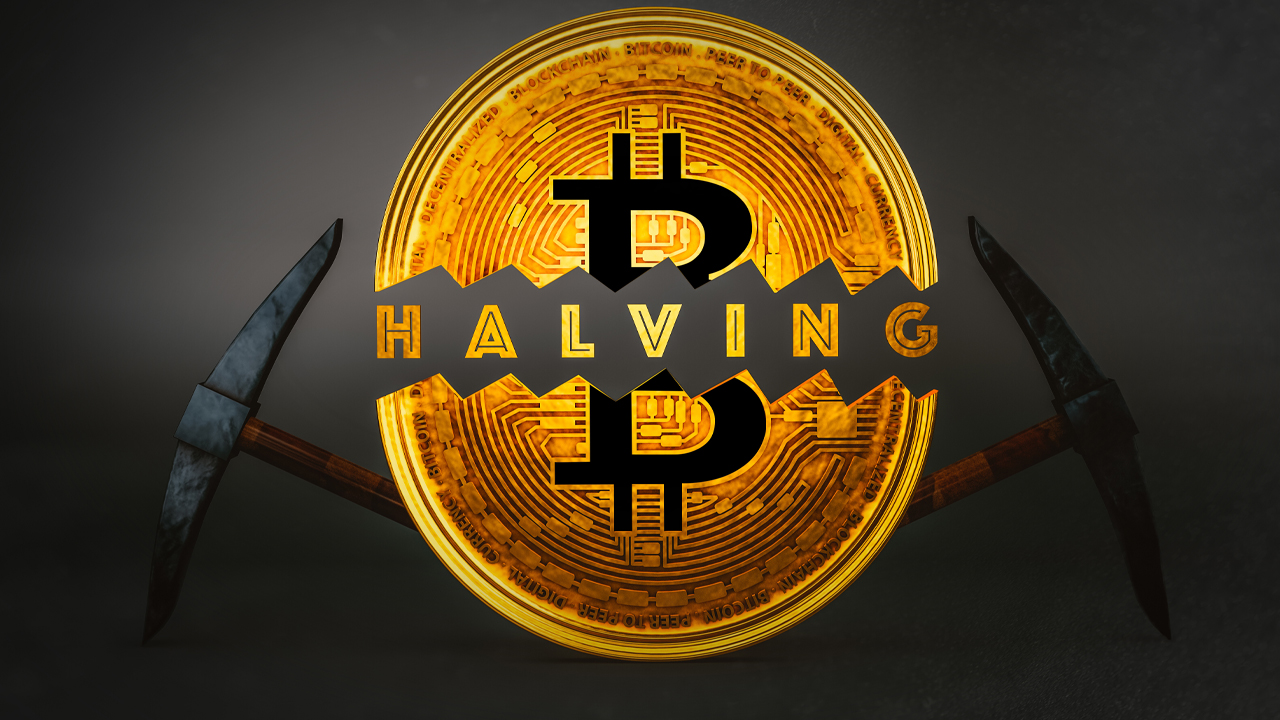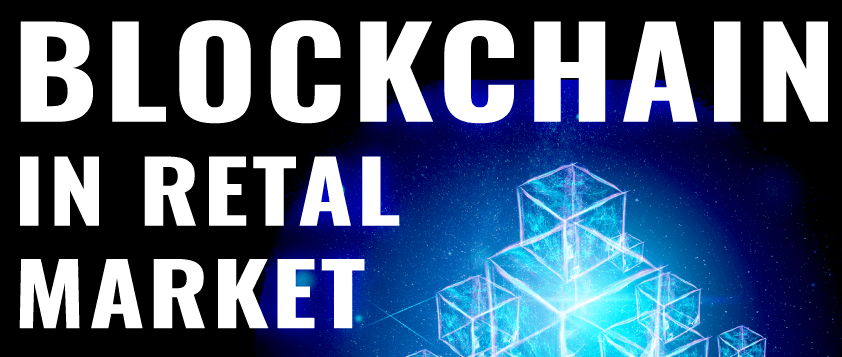What Goldman Sachs’ CEO Misunderstands About Private Blockchains

Only one of the following news stories is real, but one day they will all sound equally comical.
Heading, 1896:
The owner of Wagoneer & Sons, a leading horse carriage manufacturer, has announced that a new machine called the “internal combustion engine” is being adopted to improve the manufacturing process. “Gas engines are powerful but dangerous,” said the owner. “We will use them to make better carts.
Heading, 1918:
The American Association of Candle Makers has announced a new initiative to electrify its wax-making process. It believes that electricity is too dangerous to use for lighting, but can be used to make cheaper lights.
Headline, 1989:
The United States Postal Service will adopt a new technology called the “Internet” to speed up the sorting and delivery of letters and postcards.
Headline, 2022:
The CEO of a major investment bank argues that blockchain, a technology invented to eliminate legacy intermediaries such as banks, is best used by those intermediaries to gradually improve their outdated methods.
The latest headline is a summary of an article written by Goldman Sachs CEO David Solomon, who argues that private blockchains distributed by regulated intermediaries are more useful than cryptocurrencies. This is the latest iteration of the “blockchain, not Bitcoin” argument we’ve been hearing for years. It usually starts with a list of why things like public blockchains or decentralized finance (DeFi) are dangerous and ends with the conclusion that only incumbents should be allowed to use the technology. But that’s not how history works.
Every transformative technology starts out as “inefficient and dangerous.” The earliest cars often broke down, and one of the first major uses of electricity was to execute prisoners. The people and companies who initially embrace new technology also tend to be suspicious. Most car companies that emerged 100 years ago failed, and Thomas Edison used to electrocute animals to make his competitors look bad. But good technology that solves important problems wins anyway.
To be fair, there was a time when I considered private blockchains to be a useful, but insignificant, solution – not as a replacement for crypto, but as an interim solution that could evolve in parallel. A bank, I would have told you three years ago, could use a private network to reduce internal inefficiencies today while learning how to interact with public tomorrow.
But I was wrong. Despite massive efforts, all private chains have achieved so far are impressive headlines followed by even more impressive failures. I can’t find a single case of a corporate project doing anything useful despite hundreds of millions of dollars invested in many. The list of epic mistakes grows every week.
Related: Learn from FTX and stop investing in speculation
The first problem with any private network is the bastardization of the crypto point, which is to eliminate intermediaries such as banks and the fees they collect. Take cross-border payments, where several correspondent banks have (allegedly) built private blockchains to improve their internal transfers. The best correspondent bank is not a more efficient bank – it’s the one you don’t need thanks to stablecoins.
This is not to say that the bank will disappear. Even stablecoins will need someone to hold their reserves, and tokens often need custodians. But the more time big banks waste on their private chain fantasies, the less likely they are to build useful crypto products.
In his op-ed, Solomon argues that “under the guidance of a regulated financial institution like ours, blockchain innovations can flourish,” followed by “the invention of email did not make FedEx or UPS obsolete.” This is a false analogy. One better is the US Postal Service, where mail volume fell by 50%. Is Wall Street Listening?
The other problem with any private network is the slow development. In DeFi, new protocols are often launched by random developers. Most fail (sometimes catastrophically), but thanks to the permissionless nature of public networks, iteration is instantaneous. That’s how we get generational breakthroughs like Uniswap, built on a $100,000 grant—less money than the salaries of the countless bank executives working on the latest fantasy of private networks.
Related: From the NY Times to the WaPo, the media is wondering about Bankman-Fried
“But wait a minute,” bankers like to argue, “what about regulations? We can’t just dive head first into DeFi even if we wanted to.” That’s true, but it’s also their problem.
What these executives are really saying is that they expect their regulatory moats to protect them indefinitely. If every DeFi project had to obtain a banking license first, the pace of innovation in crypto would slow down drastically.
But that’s not how disruption works. Using smart contracts and cryptographically guaranteed outcomes, DeFi will be much safer than any bank. By running a transparent, global public network like Ethereum, it will also be more accessible and fair than any financial system we have today. Regulators will eventually come.
It’s hard to know exactly what a public permissionless future will look like, but the only thing we can be sure of is that it won’t look like how Wall Street works today. That’s not how history works.
Omid Malekan is a nine-year veteran of the crypto industry and adjunct professor at Columbia Business School, where he lectures on blockchain and crypto. He is the author of Re-Architecting Trust: The Curse of History and the Crypto Cure for Money, Markets and Platforms.
This article is for general information purposes and is not intended to be and should not be taken as legal or investment advice. The views, thoughts and opinions expressed herein are those of the author alone and do not necessarily reflect or represent the views and opinions of Cointelegraph.
























